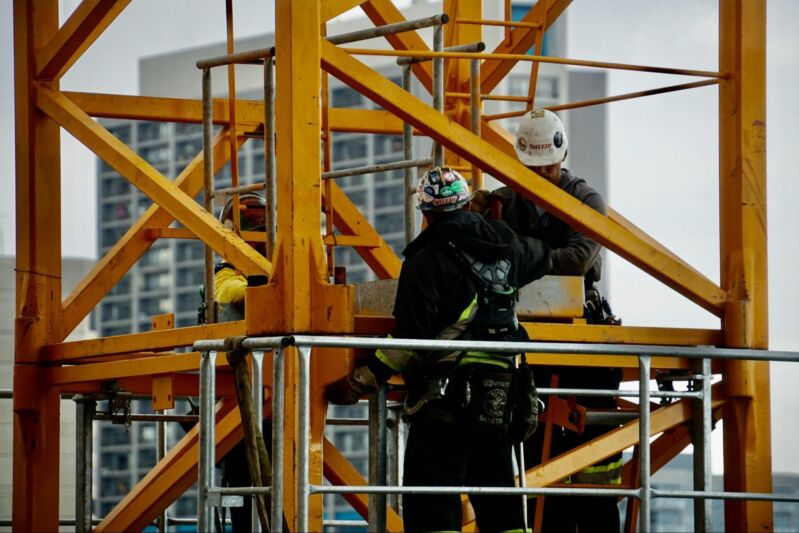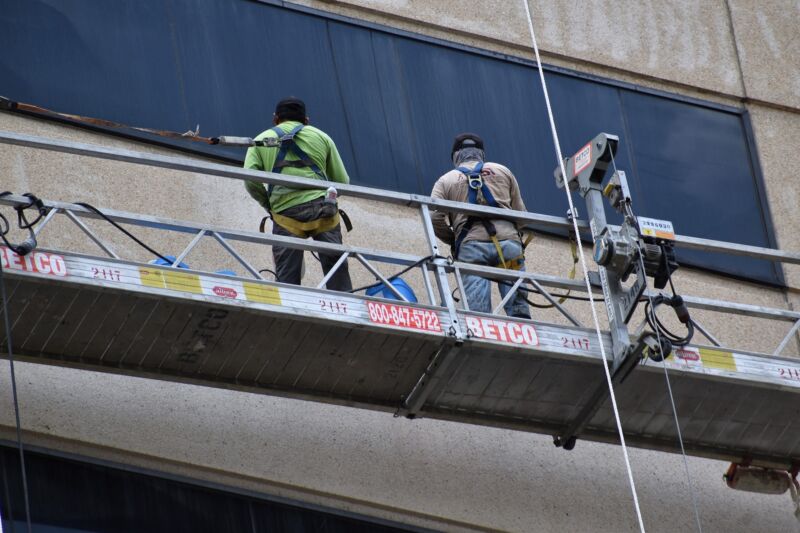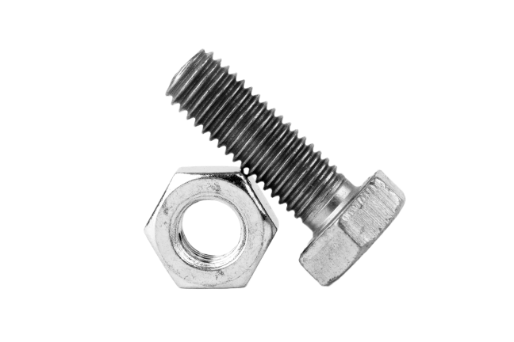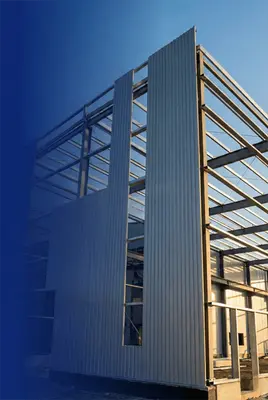
Within the construction, oil, gas, and mining industries where working at heights is a daily occurrence, safety harnesses are an absolute necessity. OSHA reports that serious falls in the workplace are among the main causes of death nationwide. When harnesses are not designed properly, workers will often become uncomfortable and frustrated.

This can lead to personnel neglecting to wear their safety equipment altogether. To protect lives and avoid injuries, employees must be outfitted with the proper safety harness. This article will introduce the various types of safety harnesses used in construction and other work environments, and describe the various situations in which they are needed.
What Is a Safety Harness?
A full-body safety harness is part of workers' safety equipment that provides invaluable protection in high-risk environments. It consists of straps and buckles which attach to a person’s torso, legs, and arms, either through loops or directly to their clothing. Once on, the safety harness ensures that the individual is firmly secured with minimal slip or movement. This equipment can protect from falls, and provide support when working at heights.
When Should Safety Harnesses Be Used?
Safety harnesses are used in many different industries where there is a risk of falling from heights or slipping on wet surfaces. This includes construction sites, roofing projects, industrial plants, tree care (arborist), solar energy installations, wind energy installations, tower climbing activities, and more. To reduce the chances of injury or fatality from falls and slips, workers must use a safety harness to secure themselves in hazardous conditions.

Types of Safety Harnesses
Safety harnesses can be divided into two distinct categories: full-body restraints and safety belts.
Full-Body Harness
A full-body harness is a safety device designed to protect workers from injury in the event of a fall. This device connects the worker to an anchor point within the structure they are working on and fits securely around their thighs, hips, chest, shoulders, and back. Not only does this system act as an effective arrestor during falls, but it also ensures that wearers will remain upright after falling which minimizes hazardous suspension trauma and allows for quicker rescue times.
Safety Belts/Body Belts
Body belts and safety belts should only be used for positioning work, not as a means of fall protection. It's important to note that while they may arrest some falls, the risks associated with them are often too high to make it worth utilizing them in this way. These can include:
- Serious internal injuries or death from impact
- Being suspended for prolonged periods
- Slipping out from within the belt itself
- Asphyxia if the belt shifts underneath the armpits
- Undesired impacts when inverting during a fall
For fall protection, full-body safety harnesses are recommended.
Types of Safety Harnesses
There are several different types of safety harnesses available for use in various industries and applications. These include full-body harnesses, 1-point harnesses, 2-point harnesses, multi-purpose harnesses, work positioning harnesses, rescue/confined space harnesses, rope access harnesses, and more. Each type has its unique features and benefits that make them suitable for different situations.
Full-Body
Full-body harnesses are one of the most common types of safety harnesses used in construction and other industries where there is a risk of falling from heights or slipping on wet surfaces. They provide maximum protection by evenly distributing the force across the entire body in case of an accidental fall or slip. Some also feature additional padding for comfort as well as adjustable buckles for easy adjustment depending on size and shape requirements.
1-Point Harness
1-point harnesses are commonly used on construction sites and in other hazardous environments where there is a risk of falling from heights or slipping on wet surfaces. Unlike full-body harnesses which have two shoulder straps as well as leg straps for added security; a 1-point harness only has one shoulder strap which attaches directly to an anchor point such as a beam or railing above your head height when standing upright on a level surface.
This type offers less protection than the full-body harness, but may be suitable for certain applications such as working at lower heights where there is minimal risk involved.
2-Point Harness
2-point safety harnesses provide slightly more protection than 1-point models by providing two points at which you can attach yourself securely to an anchor point such as a beam or railing above your head height when standing upright on a level surface. This type typically features two shoulder straps connected by either webbing material, metal rings, or quick-release buckles.
Multi-Purpose Harness
Multi-purpose safety harnesses are designed specifically for use in multiple applications such as tower climbing, tree care ( arborist ), solar energy installations, and wind energy installations. These types typically feature adjustable shoulder straps with quick-release buckles so they can easily be adjusted according to size requirements. Additionally, some models may also include leg straps for added security.
Work Positioning Harness
Work positioning harnesses are designed specifically for use in situations where workers need extra support while performing tasks at height such as painting walls, and installing ceiling tiles.
Rescue/Confined Space Harness
Rescue/confined space harnesses are designed specifically for use in rescue operations involving confined spaces such as sewers, tanks, and wells. They may also have specialized attachments such as carabiners which allow rescuers to quickly attach themselves securely onto an anchor point before entering into confined spaces safely without risking injury due to falls or slips.
Fastener Systems Inc. Carries A Premier Line of Safety Harnesses
No matter what type of safety harness you need, FSI has you covered with a premier line of safety harnesses. Our selection of Miller Harnesses offers varying levels of protection so that you can find the right fit for your workplace needs. You can view the complete selection of safety equipment we offer in our catalog.
Don't hesitate to contact us today for more information and get the protection you need!

